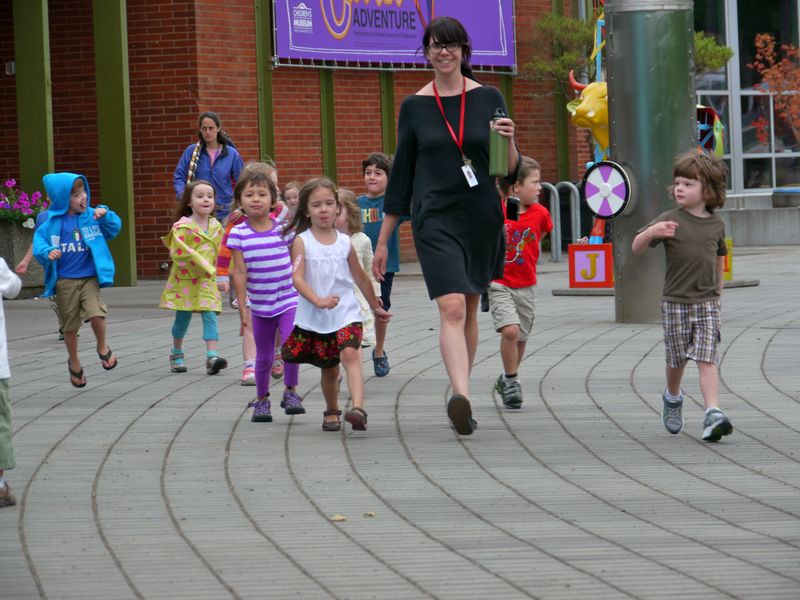Keeping time

My desk these days is filled with calendars, lists, agendas, new files and binders. Somehow attempting to give form to the enthusiasm and the anticipation of all a new school year will bring.Trying to contain it. Organize it.
On Fresh Air last night, Terry Gross interviewed neuroscientist David Eagleman about his book Incognito. "All of our lives — our cognition, our thoughts, our beliefs — all of these are underpinned by these massive lightning storms of [electrical] activity [in our brains,] and yet we don't have any awareness of it," Eagleman says. "What we find is that our brains have colossal things happening in them all the time."
One of the most interesting snippets had to do with the relationship between time and memory. He described research that has been done on thousands of subjects willing to encounter a free fall of 150 feet, backwards into a net. What goes on in their minds while they are falling? Time slows. The brain floods with memories, moments, and the participants consistently marveled over how a second-long fall could feel like minutes.
Waiting for the school year to begin is a free fall of sorts. Memories, experiences, hopes and dreams all causing colossal action in our brains, and how we move to start just the tip of the conscious iceberg.
But what happens for children? Children experience time like the numbers on a digital clock– out of context with the winding hands of the analog. How do we support them with a sense of belonging to our adult world that can see the relationships of past to future? How do we develop enough wisdom ourselves to recognize the experience that has framed our cognition, our beliefs, our thoughts — that the lightning storms firing in our brains are not the same that fire in our children's? How do we learn to value the wisdom in their experience while keeping them safe, keeping them engaged, keeping them on time?
This summer, my family worked with a wonderful specialist named Mary Dee Sklar, who has written a course called, Seeing What I Need To Do. She helped us learn to make abstract concepts of time visible and even tangible so that all of us can see and feel together what it means to move cooperatively through time.
Hours and minutes and days are the blocks we use to build our lives together. Tools such as analog clocks, wall calendars, visual schedules, and timers can become ways that we hold those blocks in our hands to play with our children so that they can learn to build with us and understand how to fit their needs and the needs of the lives of others together with beauty and mastery. In coming weeks, we'll share some of the strategies we are using. And we hope you will share as well the tools and routines you use.
When we pave this pathway of belonging for our children towards the world of adulthood, we alter the patterns of those lightning storms in their brains forever. And we leave a lasting trace on the hours and minutes and days that continue to build the lives of our loved ones long after we are gone.

